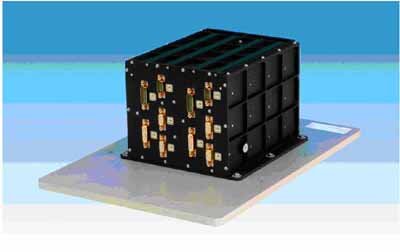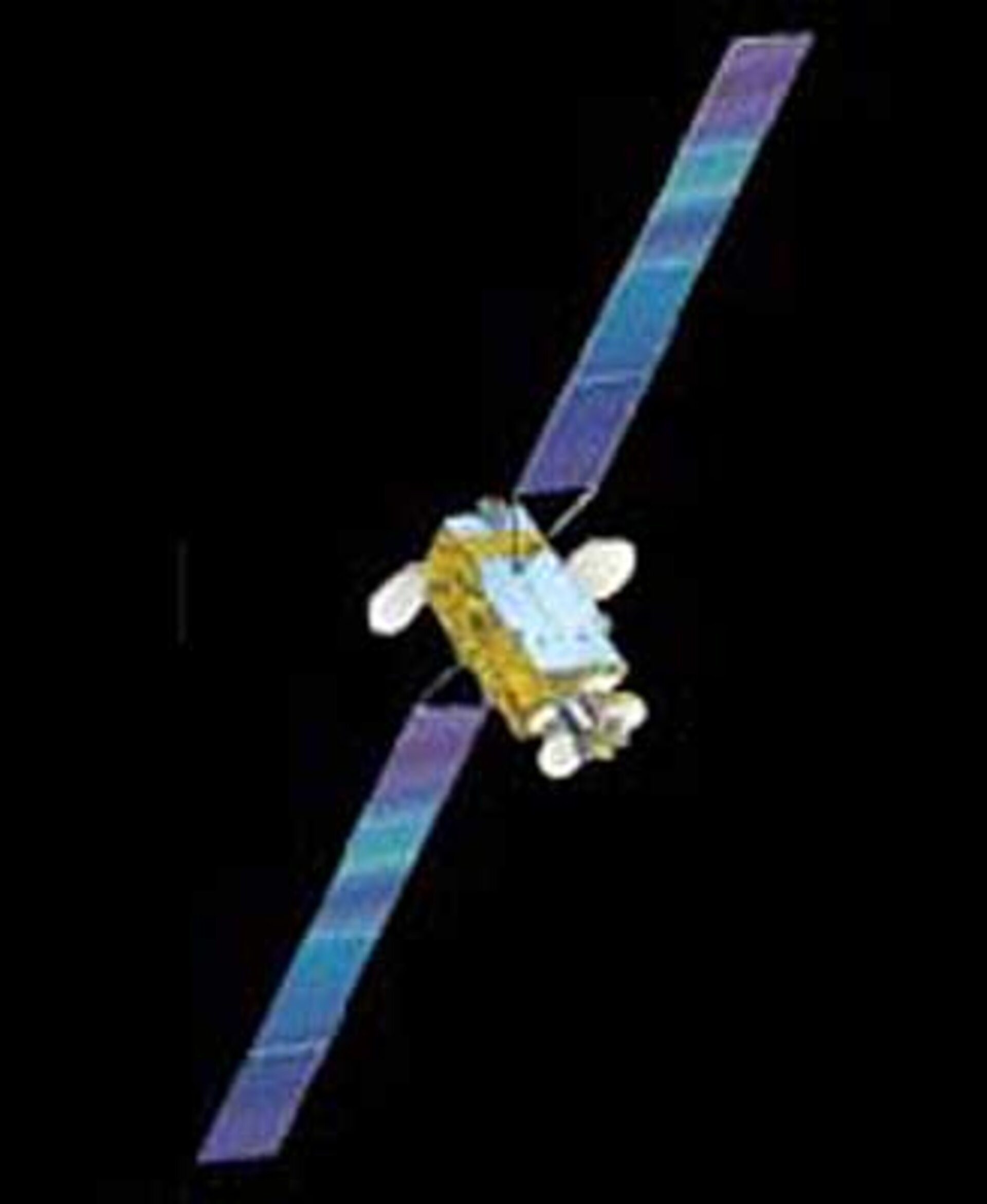Satellites to get more reliable power
Satellites in orbit receive their power through large solar arrays that must be constantly aimed for maximum reception of solar energy. A project called SADE, funded by ESA has improved the unit that makes this movement possible by making it smaller, more efficient and more reliable.
Devices like Solar Array Drive Electronics (SADE) control the pointing mechanism of solar arrays. Through a technique called 'micro-stepping', SADE can provide a smooth and continuous movement. The improvement SADE offers, is in different data handling protocols, as well as its ability to drive different motors making it more flexible than other versions.

The SADE unit consists of two parts: one contains the service modules for the power supply distribution, the other contains the SADE application. Devices such as SADE must conform to demands from the CDMU (Control Digital Monitoring Unit). The CDMU is the data handling system, which determines the correct rotation speed for the solar array.
SADE's development means it can be adapted to various platforms and will meet most requirements, making it attractive to the market. Taking advantage of its proven experience in Geostationary Earth Orbit (GEO), the knowledge built up by Alcatel ETCA through the SADE products can be applied to Low Earth Orbit (LEO) satellites.
Giulio Simonelli, the ESA Technical Officer overseeing the project asserts: "SADE is not a cosmetic solution. It has been designed with maximum efforts for dedicated flexibility and ensures future reliability requirements. The successful development of SADE is an example of how ESA Telecom contributes to the global competitiveness of the European satcom industry."




